The first edition of the magazine since the attack in which 12 people were killed featured a cartoon of Muhammad on its cover. Myriam Francois-Cerrah objects.

I’ve never really been a fan of Charlie Hebdo – its humour was often too bawdy for my taste and I agree with one of their former employees, Olivier Cyran, that in recent years it has often drifted into racist caricatures, reinforcing an already toxic environment for French Muslims.
For an allegedly anti-establishment magazine, it failed to challenge, and often buttressed, the state’s well-documented increasing restrictions on the basic freedoms of Muslims. It also used the sorts of racial stereotypes in its imagery which foster precisely the sorts of racist attitudes they purported to be challenging. At some point, one’s claim to be anti-racist has to be diminished if the subjects of racism – minorities themselves – tell you you’re being racist. Ignoring their voice is arguably a dubious form of anti-racism.
My kind of satire is the type that punches up, the type that holds the powerful to account and mocks authority – there is a huge difference between mocking the clerical class that used to rule France through privileged access to power and mocking the faith of the descendants of immigrants largely locked out of power and experiencing acute levels of prejudice.
The memorial edition front cover bothers me only in one regard and that is in the racial stereotypes employed in the depiction of the prophet Muhammad, a shorthand here for Arabs and Muslims more broadly. We (thankfully!) wouldn’t accept an image of a hooked-nose Jew, so it is unclear to me why images of hooked-nose Arabs – because forget who the prophet Muhammad is to Muslims, he is an Arab man being depicted in racially stereotypical terms – isn’t more disturbing to others. One of my favourite caricatures by Charlie Hebdo was one featuring the prophet Muhammad being beheaded by an extremist. That image perfectly captures the hijacking of the faith by radicals and the truth that Muslims are the primary victims of terrorism and the main target of retaliatory violence.
Myriam Francois-Cerrah is a British writer and journalist. This article was originally published in The Guardian.
Note from Timothy Garton Ash: in line with this website’s ‘1-click away’ policy, you can click on a link from the text to see the actual cartoon.



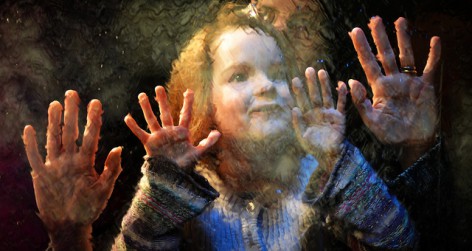
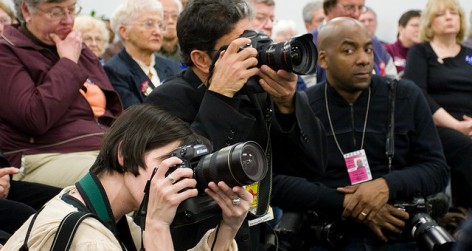
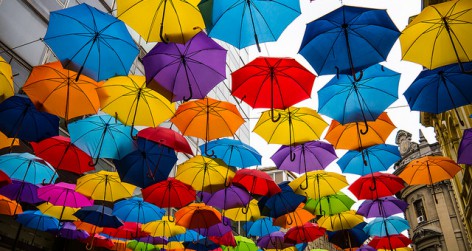

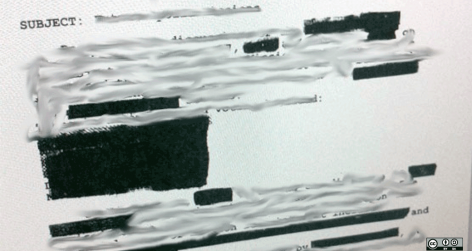
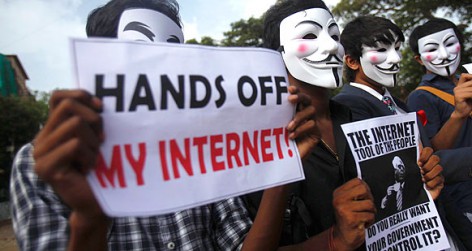
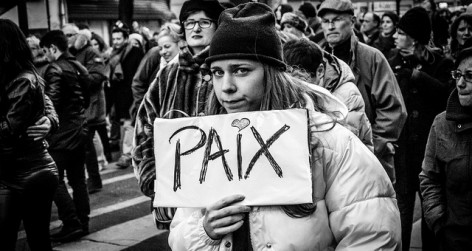
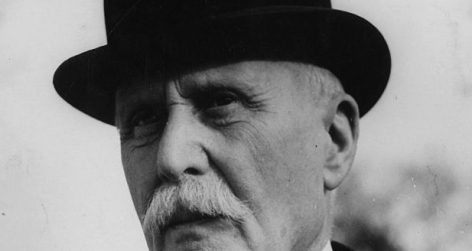

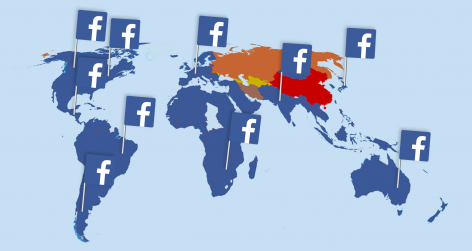

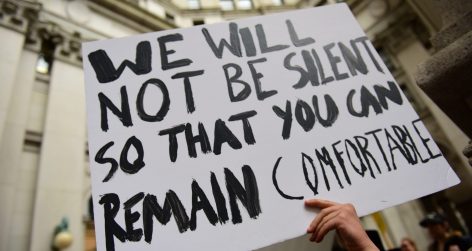

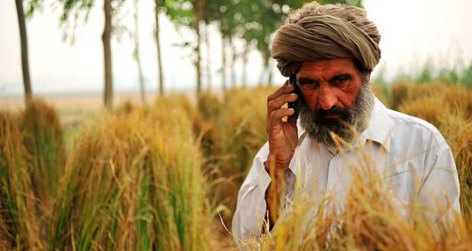
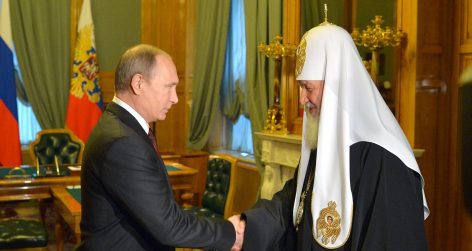


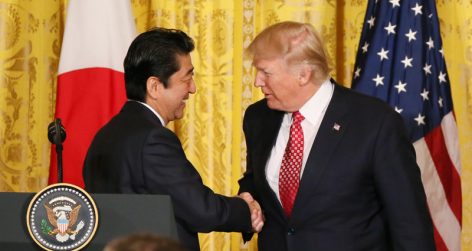
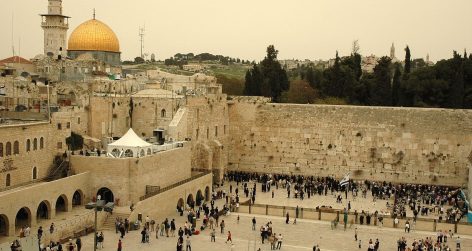

reply report Report comment
The first thing to say in response, and it must be said vehemently, again and again, is that Islam is not a race, it is a religion. Small and very dark Indonesians, tall dark Pakistanis, tall olive Arabs and jet black Africans are all Muslims.
And, if you are atheist or agnostic, Islam is just another ideology, a set of ideas constructed by an ideology promoter like Marx or Adam Smith or the proponents of modern ideologies like the theories of multiple universes and the big bang.
Why can we not consider and evaluate ideologies? Would we consider it “racist” to be repelled by the ideology of the Mayans, who promoted the idea that the sun would go out unless it were fed a stream of human sacrifices?
If we have even the slightest commitment to freedom of enquiry and freedom of speech then we accept that it is more than just acceptable to evaluate the ideologies that claim special privileges by calling themselves “faiths”, it is absolutely necessary to do so.
Muslims do so. The Sunni Muslims judge the Shia to be heretics and condemn them with bombs in the marketplace. And the Shia do the same towards the Sunni. And this is not something isolated; we read of it every day in the newspapers.
If, after carefully evaluating an ideology, we find it to be aggressive and bullying then we are obliged to say so. We can say this about Marxism and Social Darwinism, and Catholicism, and the Southern Baptists in America and the Jehovah’s Witnesses; so why give Muslims a free pass.?
Why do so many people find Buddhism so appealing? Because they’ve investigated it, however deeply, and they’ve found it to be genuinely a peaceful and non-violent set of practices.
And if we investigate Islam and Mahommed, and we find a deep desire to rule the world, using force as a first resort, then we are obligated to oppose it. To say it is a minority is rubbish. The Ku Klux Klan were always a much smaller minority but we oppose them vigorously.
The Jehovah’s Witnesses are a tiny minority but everyone laughs at them as bunch of fools, quite rightly.
It is true that not all Muslims take their religion as seriously as Osama bin Laden, but it is the small minority of activists, swimming in the general seas of resentment, that make the running. Just like the Nazis.
Anyway, why do the Arabs in France remain outsiders The Chinese in Australia don’t; they’ve become leaders. The Arabs remain outsiders because they have a medieval religion.
Of course we must condemn this nasty ideology.
reply report Report comment
I am not sure about that which is meant here by ‘condemn’ (disapprove, censure, sentence to a punishment…?), but if it means ‘to allow or encourage critics’, then would’t it be more appropriate and to-the-point to stop focusing on Muhammed and start looking at the real issue? Muhammad was indeed a man from the Middle Age, from Late Antiquity even (for some at least). There is no way for him to be anything else. But when it comes to freedom of speech, the issue is to question the purpose of our critic. By caricaturing Muhammed, do we mean to criticise him as a ‘medieval man’ preaching a ‘medieval religion’ (what did we expect, a man in suit, neatly shaved, preaching twentieth-century peace and love?) or do we want to point out the lack of discernment, self-critic and self-questioning among his followers? The former seems to me barely useful, the latter is much more interesting, yet it requires a lot more investigation than a couple of generalising examples which in the end do exactly prove the point made in Myriam Francois-Cerrah’s article: Muslims are too often confused with Arabs and vice versa (“The Arabs remain outsiders because they have a medieval religion.”), they are both considered as a whole, as if it was possible (albeit convenient I must admit) to describe people coming from Morocco to Indonesia (notwithstanding all the Muslim converts) with one single word, and the so-called condemnation is unfortunately more often than not a way to express racism or xenophobia in disguise, not against Islam (everybody agrees that Islam is not a race, there is no need to state the obvious here), but against Arabs. And it seems to me very important to allow the critic of both: Islam AND racism or xenophobia, or more precisely, of xenophobia, everywhere, in any doctrines. For it seems that medieval or antique doctrines are not necessary the main cause of non-integration, indeed, contrary to Arabs, who are easy to spot out and criticise, racist or xenophobic people are following even more archaic doctrines and they are often so well integrated in societies that they remain unnoticed. If we want to be truly efficient in our address to ‘nasty’ issues, we might be more successful in targeting the fear for and rejection of others in ANY ideology, and be an exemple in this regard, by avoiding double-standard and generalisation.